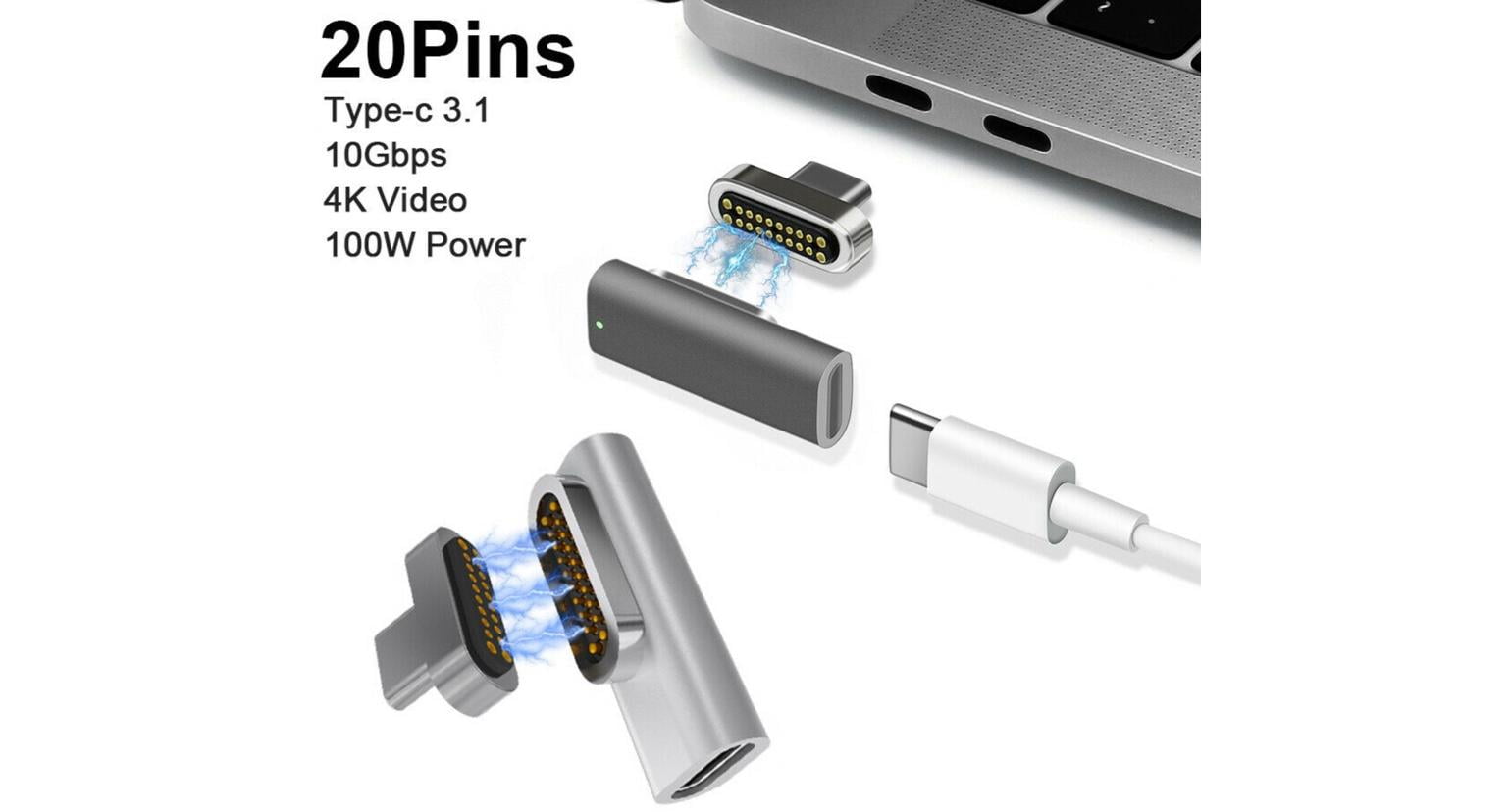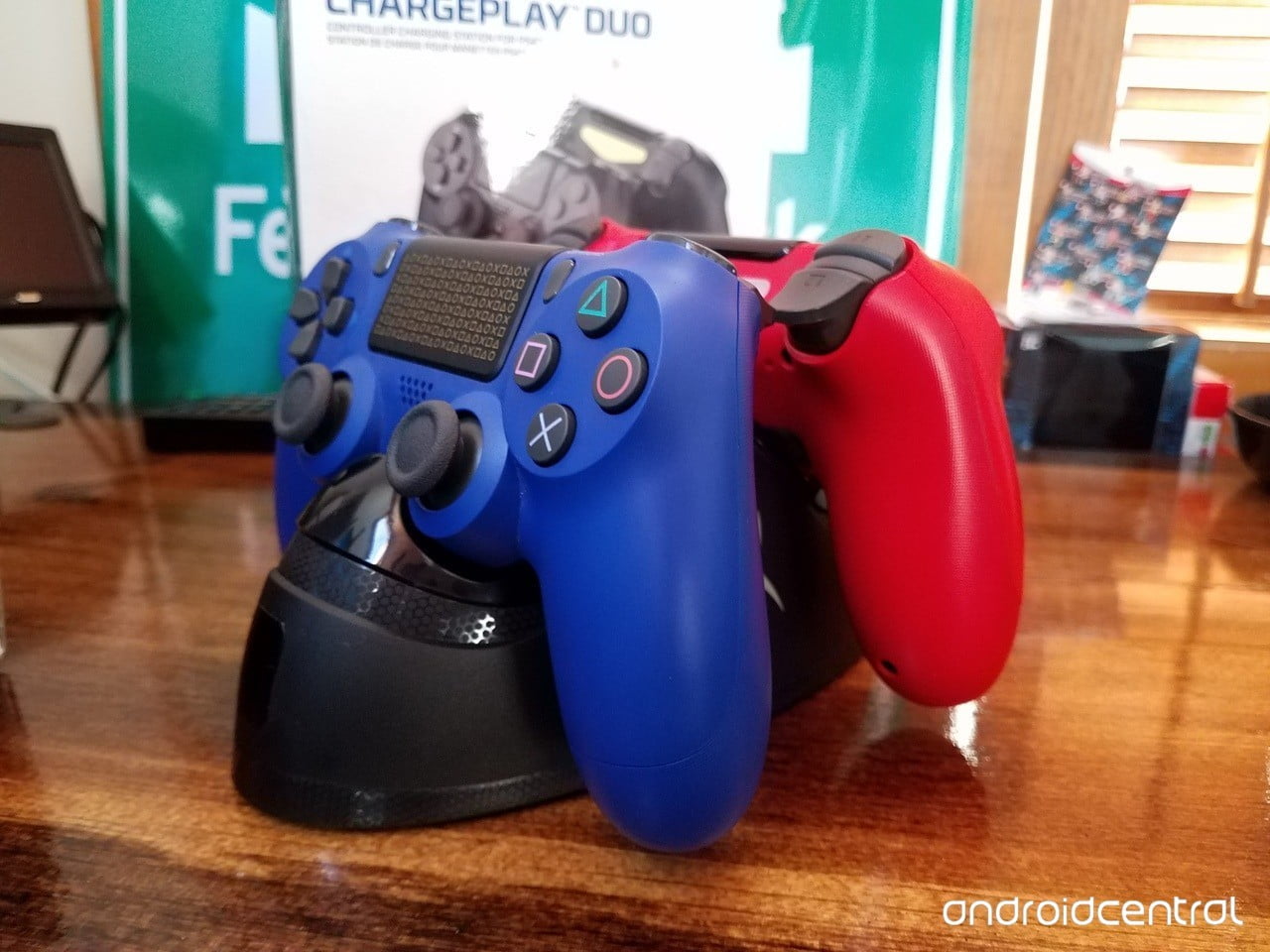
The GeForce GTX 1660 graphics card family hasn’t been out for even a year, but it looks like Nvidia’s penchant to “Super”-size all its cards has given it its turn in the Super barrel. As a budget-focused graphics card built for 1080p gameplay, the new GeForce GTX 1660 Super is a tactically priced addition to Nvidia’s swelling lineup of mainstream graphics options. We looked at it in Zotac’s $239 GeForce GTX 1660 Super Twin Fan guise, and while it presents just a modest step up over the non-Super GTX 1660, it still packs enough punch to keep esports hounds and 1080p-bound AAA gamers playing long into the night. It comes in close enough to the next-step-up GeForce GTX 1660 Ti for the price to eke out our Editors’ Choice award for 1080p-gaming cards—for now.
Let’s ‘Super’ All the Things!
First, the question we’re probably all asking: Why? With both a GeForce GTX 1660 Ti and a GeForce GTX 1660 already on the market, many prospective buyers of a mid-priced video card here in late 2019 may find themselves wondering where this new GTX 1660 Super card could possibly fit in.

From a price perspective alone, the GTX 1660 Super line will start at a base of $229 ($10 more than the original GeForce GTX 1660’s introductory price of $219), though the specific Zotac Super Twin Fan we tested will hit shelves for $10 more than that.
The GTX 1660 Super is also the first Super variant we’ve seen from Nvidia in its GTX (as opposed to RTX) line of graphics cards, which is to say, the cards that don’t come with the ray-tracing and DLSS capabilities of the company’s flagship RTX cards. This may open the door for more Supers to start hitting the midrange-to-budget GPU market in the near future. Nvidia has already confirmed one: the GeForce GTX 1650 Super, coming in late November.
All three cards—the GeForce GTX 1660, the GTX 1660 Ti, and the GTX 1660 Super—are based off the “Turing”-architecture TU116 die from Nvidia. Some subtle differences in the memory clocks, bandwidth, and memory types set it apart the top two lines from the standard GTX 1660.
Key Comparisons: Where Does the Super Fit In?
The GTX 1660 Super falls between the GTX 1660 and GTX 1660 Ti on the Nvidia side, and its closest price rival at the moment from Team AMD is the Radeon RX 590. Let’s take a look at how our card sample shapes up against each of those in turn. We’ll be using reference-card specs in the case of each of the GTX 1660 Super’s comparison cards, and the specs for the Zotac card we’re testing.
Nvidia GeForce GTX 1660 vs. GeForce GTX 1660 Super
To set a baseline for how the GTX 1660 Super gains its “super” status, I’ve charted out how the base specs for the non-Super GPU stack up side-by-side against the Zotac version of the Super.

As you can see, nearly every aspect of the original GeForce GTX 1660 remains unchanged in the upgrade to the GTX 1660 Super aside from three core elements: the memory type, clock, and bandwidth. The GTX 1660 Super upgrades the original GTX 1660 from GDDR5 memory to GDDR6, while nearly doubling its clock speed from 8Gbps to 14Gbps and increasing its bandwidth from 192GBps to 336GBps.
Nvidia GeForce GTX 1660 Ti vs. GeForce GTX 1660 Super
Less clear at first glance is the difference between the GTX 1660 Ti and the GTX 1660 Super, since both would seem, by definition, to be forms of up-ticked GTX 1660 cards…

Despite having a lower base and boost clock speed, the GTX 1660 Ti is still the more powerful card of these two, thanks to its 128 extra CUDA cores. The GTX 1660 Ti also does more with slightly less power, at a 120-watt requirement, while the GTX 1660 Super needs 125 watts (in the version we tested). That’s a trivial difference, though.
AMD Radeon RX 590 vs. Nvidia GeForce GTX 1660 Super
Finally, here is how the GTX 1660 Super tested here stacks up against the closest AMD equivalent: the Radeon RX 590.

On specs alone, it’s a little tough to put these two alongside one another, but on both price and performance (as we’ll discuss in more detail below), the Radeon RX 590 is the closest AMD equivalent on the market right now. The RX 590 is built on the latest refinement of AMD’s older “Polaris” architecture, and with cards based on AMD’s new-generation, 7nm “Navi” technology filtering out, I suspect this dynamic may change in the coming months. AMD, for example, has already announced a Radeon RX 5500 for later this year, though details are scarce.
Our First ‘Super’ Sample: A Look at Zotac’s Twin Fan
As a graphics card that’s priced as solid midrange material, we weren’t expecting a whole lot of flash out of Zotac’s GeForce GTX 1660 Super Twin Fan, and that’s exactly what we got after we opened the box…

Aesthetically speaking, this double-slot-width card looks similar to any other card in the Zotac Twin Fan family, with a black plastic shroud that holds two fans inside a housing that measures 6.8 inches long. That’s small by most card standards, and plenty petite enough to fit in many compact builds, if you so choose.

The back of the card has three DisplayPort 1.4b ports and one HDMI 2.0 port. (Sorry VirtualLink hopefuls; you’ll have to connect your VR headset the old-fashioned way on this one.) Also absent is DVI, in the event you have an older monitor…

As for power delivery, you’ll need a single eight-pin power lead off a power supply with enough headroom to deliver 125 watts.

Souped Up, But Just Slightly Faster
PC Labs ran through a series of DirectX 11- and 12-based synthetic and real-world benchmarks on the Zotac GeForce GTX 1660 Super Twin Fan. Our test rig is equipped with an Intel Core i7-8700K processor, 16GB of G.Skill DDR4 memory, a solid-state boot drive, and an Aorus Z370 Gaming 7 motherboard.
For our benchmark results we wanted to focus some of our efforts on the esports aspect of the GTX 1660 Super’s abilities, as much of the press from Nvidia has centered around its ability to push 1080p multiplayer games to their highest-possible frame rates.
 See How We Test Graphics Cards
See How We Test Graphics Cards
We also ran it through our standard video-card benchmarks, which test a card’s abilities to handle AAA games at the highest possible quality settings. With the GTX 1660 Super being the budget-to-midrange card it is, we weren’t expecting it to smash any records in this department and graded it with that consideration in mind.
Synthetic Benchmarks
3DMark Fire Strike Ultra
Synthetic benchmarks can be good predictors of real-world gaming performance. Futuremark’s circa-2013 Fire Strike Ultra is still a go-to for 4K-based gaming. We’re looking only at the test’s Graphics Subscore, not the Overall Score.

Right out of the gate, the GeForce GTX 1660 Super performed right in line with what we would expect out of this card: about 15 percent faster than the original GTX 1660 (which we reviewed in Gigabyte trim), but still 5 percent slower than the GTX 1660 Ti.
3DMark Time Spy & Time Spy Extreme DirectX 12
This is Futuremark’s DirectX 12-enabled benchmark for predicting the performance of DirectX 12-enabled games. It uses major features of the API, including asynchronous compute, explicit multi-adapter, and multi-threading.

In this test the GTX 1660 Super’s boosted memory clock and upgrade to GDDR6 really got a chance to shine, showing just how substantially better it is than the GDDR5 in the GTX 1660, but also coming in shy of what we saw from the GTX 1660 Ti.
Unigine Superposition
Our last synthetic benchmark is Unigine’s 2017 release, Superposition. This benchmark does incorporate ray tracing, but it’s done in software, not hardware, and thus doesn’t utilize the RT cores of the one RTX 20-series card in these charts.

Again, the GTX 1660 Super slots in right between the original GTX 1660 and the GTX 1660 Ti, though in these tests, the GTX 1660 Super was closer to catching up to the GTX 1660 Ti than hanging back with the original GTX 1660.
Real-World Gaming
The following benchmarks are games that you can play. The charts themselves will list the settings we used (typically the highest in-game presets and, if available, DirectX 12). As alluded to earlier, we’ve got a mix of AAA titles in here as well as some more optimized, multiplayer-focused titles, since that is the primary metric by which Nvidia is hoping the GTX 1660 Super line is ultimately measured by.
A quick note: Though most of our game tests are maxed out in graphical fidelity to push the cards to their limit, competitive multiplayer gaming is all about maintaining the best balance between graphical fidelity and frame rate. As such, we’ve kept CS:GO and Rainbow Six: Siege tuned to a lesser combination of settings (higher anti-aliasing and lower resolution rendering scales, for example), with the aim of trying to keep frame rates for 1080p games above that coveted 144Hz mark set by many of the high-refresh-rate monitors out there.
Shadow of the Tomb Raider
Square Enix’s flagship Tomb Raider title is our first real-world test. This game is well-optimized for the PC platform, but very demanding at its higher visual quality settings.

Don’t be shocked, folks: this one looks to be down to some poor driver optimizations. Though the numbers tell one story, while actually watching the benchmark of Shadow of the Tomb Raider run, I saw it do well in some scenes (right in line with expectations), but then slow to a crawl in others, bringing the average down.
Just to be sure, I launched the game into the single-player campaign, where things ran fine enough (eyeballing it, I’d say I achieved an average of somewhere between 70 and 80 frames per second in 1080p), so I’d imagine whatever kink is throwing off the benchmark run in particular will get straightened out with future driver releases.
Rise of the Tomb Raider
The 2015 predecessor to Shadow of the Tomb Raider is still a great benchmark.

Though the GTX 1660 Super beat the non-Super GTX 1660 in 1440p results, it seems to have slipped slightly on 1080p. Considering Shadow and Rise both run on the same engine, I’d imagine that some of the driver quirks that are messing with Shadow of the Tomb Raider might have carried over here.
Far Cry 5 & Far Cry Primal
The fourth and fifth installments in the Far Cry series are based on DirectX 11, but still demanding. We’re looping the benchmark charts together since they benchmark similarly.


Far Cry 5 results were far less surprising, delivering numbers exactly in parallel with what we saw in the synthetic benchmark tests.
Final Fantasy XV
Let’s take a break from fps-based benchmarks for Final Fantasy XV.

The GTX 1660 Super actually managed to beat the GTX 1660 Ti in FFXV during the the 4K test, which suggests this game in particular is better at taking advantage of the higher memory clock on offer (14Gbps in the GTX 1660 Super, versus just 12Gbps in the GTX 1660 Ti).
World of Tanks Encore
This is another non-fps-based benchmark that’s available as a free download. It’s not overly demanding, but it is still a reliable test.

Results came back in line once we ran this predictable test, and unsurprisingly the GTX 1660 Super was 5 percent slower than the GTX 1660 Ti, and 12 percent faster than the original GTX 1660: again, closer to the Ti card than the non-Ti card.
Legacy Games
These three games still offer a AAA gaming experience, despite being more than a few years old by this point. The legacy tests include runs of Hitman: Absolution, Tomb Raider (2013), and Bioshock: Infinite, the last being a game that no one asked to be still as well-optimized as it is in 2019.



A little more driver wrinkliness here, it seems. The original GTX 1660 generally edges out the GTX 1660 Super in 1080p and 1440p tests here in this trio, though it regained ground on the 4K runs.
Counter Strike: Global Offensive
A golden oldie, yet still super-popular around the globe, Counter Strike: Global Offensive has changed almost nothing about its core gameplay since 1999…and gamers wouldn’t have it any other way. The engine is considered one of the best optimized in all of PC gaming, which makes it easy to see major gaps in any one card’s abilities versus another.

Unsurprisingly, Counter Strike: Global Offensive had no problems pushing this card to its limits. Heck, with a score of 145fps in 4K resolution, you could even pick up the GTX 1660 Super as your main card to max out a 4K 144Hz monitor like the Editors’ Choice Acer Predator XB3 (if this game is your main squeeze, of course).
Rainbow Six: Siege
Finally there’s Rainbow Six: Siege. Despite the game languishing in bugs and server problems for the first year, Ubisoft has worked hard on its competitor to CS:GO to make it one of the most highly played games on the Steam platform, with 45 million players and growing as of late 2019.

Siege ran just as quick as CS:GO, and just barely missed the mark of 240fps in 1080p (for today’s highest of high-refresh panels). We’re sure you could get there reliably if you turned down a setting or two from our “high” testing preset.
Overclocking & Thermals
Being a Super card can sometimes mean the headroom for overclocking is reduced, since the Super variants already represent the top-end of the power curve a particular GPU die is capable of handling. But there was some surprise in store here: The Zotac 1660 Super Twin Fan was able to stay stable during our overclocking tests well past where I thought it would start to wobble.
I was able to achieve a stable OC of +175MHz on the boost clock, and +250MHz on the memory clock, representing a boost of roughly 11 percent across the board. As is usually the case, this 11 percent gain in clocks didn’t translate directly to an equal raise in performance, but it was nonetheless still close.
In testing Far Cry 5 both in and out of the overclock, I saw a performance boost of just over 9 percent in 1440p and 1080p testing, while the benchmarking tool 3DMark saw gains ever-so-slightly lower, at 8.5 percent.
Next, to test the thermals of the Zotac GeForce GTX 1660 Super Twin Fan, I ran the Fire Strike Ultra Benchmark Stress Test for 10 minutes, and recorded the results in GPU-Z.
During that period, the card maxed out at 73 degrees C, off a resting idle temperature of 34 degrees C. This makes sense when you consider that the card now has a higher memory bandwidth to keep cool, and the original GeForce GTX 1660 came in just under that figure at 71 degrees C in the same test, in the same case.

The FLIR One Pro thermal imaging test showed most of the waste heat generated by the card being collected around the backplate, with a smaller amount being ejected out the back of the case via the rear-facing vents.
Slicing the 1660 Cards Super-Fine, But Still Solid
So, that’s a lot of data. The big question is what it adds up to: Did we really need the GeForce GTX 1660 Super, whether in Zotac Super Twin Fan form, or any form?
Maybe not. But I’m happy to have it as an option in the mainstream-card aisle, nonetheless. The GeForce GTX 1660 Super represents a card that will reliably return strong 1080p high-refresh gaming results, and scratch the surface of some titles at 1440p, while still giving the GTX 1660 Ti enough of a mandate to exist.
There’s no word from Nvidia on whether the original, non-Super GTX 1660 will be discontinued. Consider, though: Right now, the MSRPs for the GTX 1660 and the GTX 1660 Super are only $10 apart in their base-card form, at $229 for the GTX 1660 Super against $219 for the GTX 1660. And our Zotac representative card is just $10 atop that. At this price, there’s almost no reason not to get the GTX 1660 Super over the Non-Super.
In sum, this card bridges budget and mainstream pricing, and it’s made to play most esports titles above 144fps in 1080p and AAA games at more than 60fps at 1080p. If that suffices for your gameplay (and it should for the lion’s share of PC owners), Zotac’s GeForce GTX 1660 Super Twin Fan handles the job admirably.
[“source=pcmag”]





